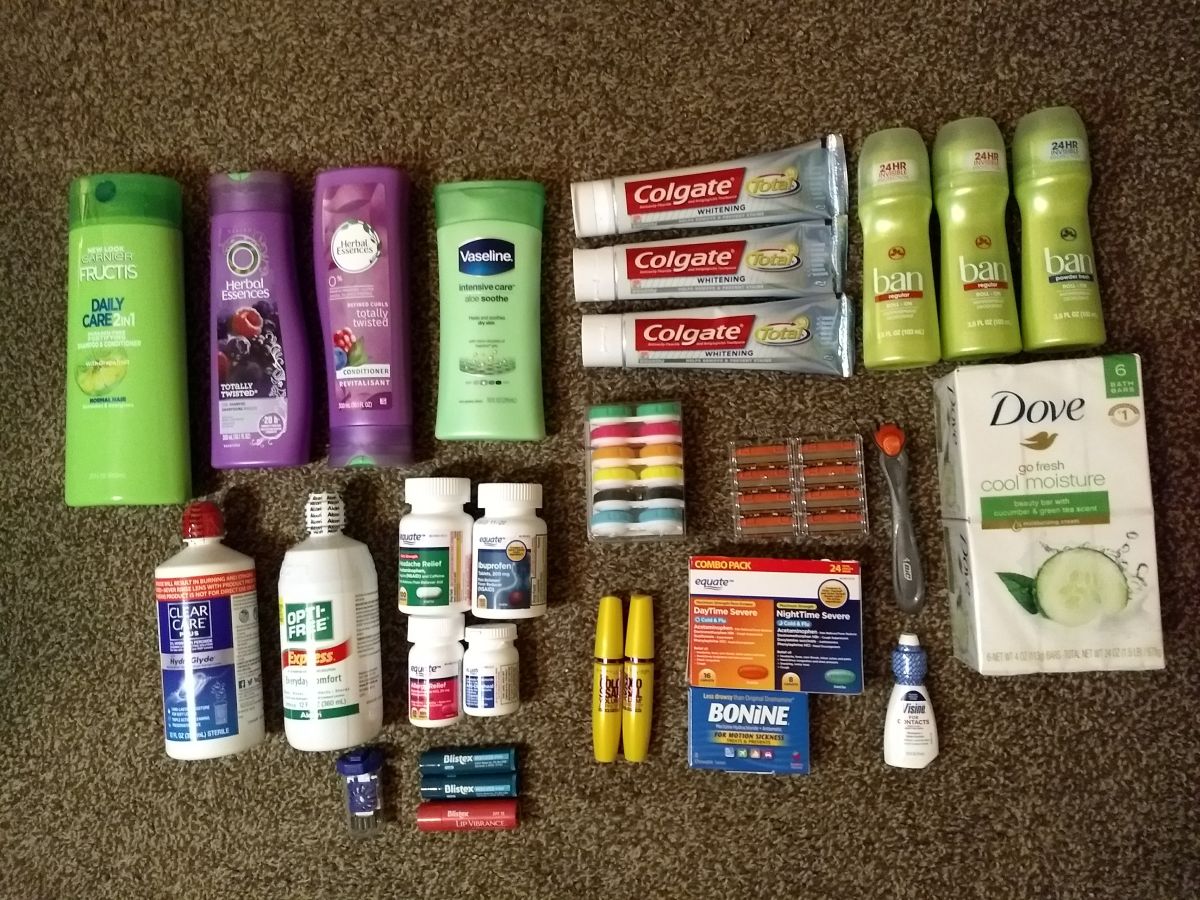
Since my PhD research is focused on ocean warming impacts to sea stars from the northern Gulf of Mexico, the prospect of trading my bikini for a parka and heading to the bottom of the world seemed like science fiction when I joined the McClintock lab in 2016.
In the months and weeks leading up to the lab's 2017 departure for "the ice," I attended our weekly lab meetings and listened in as the rest of my colleagues discussed preparations, research plans, and travel details. It seemed like every week was cause for celebration of another milestone of paperwork submission or completed medical testing. What was to be my role in the scheme of this grand adventure? My role was to provide support on the home front in the form of collecting mail, running car engines, and emptying the drip pans for the lab's incubators. All very important, but admittedly less exciting tasks than preparing for and traveling to Antarctica.
When Dr. McClintock marked the return from his 2017 excursion with an email about a 'possible opportunity to discuss' that I 'may find exciting,' I couldn't help but hope that this opportunity might be of the icy variety. My initial reaction to his informing me that I would be part of the crew for the 2018 Antarctic season was that of shock followed by immeasurable excitement and the sobering tinge of panic that comes with the realization of all of the preparations that would need to be made. What does one have to do to prepare for a trip to Antarctica that will last over four months?? How does one even figure out what steps to take to prepare?!
Luckily, the United States Antarctic Program (USAP) has outlined the steps to take to ensure a successful deployment! That, along with some guidance from my wonderful Antarctic veteran colleagues has been a lifesaver. Here is a countdown of the main steps that I've been taking over the past few months to prepare for this adventure of a lifetime:
6-4 months before deployment:
- Receive USAP paperwork with extensive instructions and timeline to prepare for the trip.
- Begin the process to physically qualify (PQ). This involves making doctor appointments… lots of doctor appointments. Each USAP participant must pass the physical portion (which consists of an extensive physical exam, getting up to date on vaccinations, and lots of bloodwork) and the dental portion to receive a positive PQ status.
- Begin scoping out deals on winter wear. Coming from Florida, my wardrobe was seriously lacking in Antarctica-appropriate clothing. As it turns out, Labor Day and Black Friday are great options for scoring "Antarctic wear" (as my family has so cleverly started calling it) on the cheap! Luckily, the more heavy-duty items are provided by the USAP upon arrival in Punta Arenas, Chile (the last stop before boarding the ship to Palmer Station) but things like thermal underwear and jackets for layering aren't always the perfect fit for a grad student budget.
3-2 months before deployment:
- Complete PQ process!
- Submit travel paperwork.
1 month before deployment-present
- Make preparations for life at home. Not surprisingly, my landlord and various utility companies would still like to be paid while I'm gone. This past month has been spent organizing payments, coordinating with insurance and banks, and filing taxes.
- Receive plane ticket and final travel information from USAP!
- Last minute purchases and packing. About 2 weeks ago, I learned an important lesson. That is, to purchase a 5-month supply of toiletries, you must first have a general understanding of what your 5-month toiletry consumption is. Since then I have found myself extrapolating calculations for shampoo volume based on how many milliliters per night a quarter-sized portion seems to be and trying to figure out just how much deodorant actually scrapes off during each use. Although the station store luckily does have a limited supply of such necessities, it's not like Antarctica is one of those places where you can just stop by the store and pick up anything you forgot to pack.
Seeing all of this in writing, it is no surprise that preparation milestones dominated several months of lab meeting time last year. After all of this work, I stand on the verge of one of the most exciting adventures imaginable. I feel prepared, not only because I am now in possession of 1,108.5 milliliters of shampoo, but because I am ready to step outside of my comfort zone and face this adventure head-on savoring all of the experiences all that it has to offer!